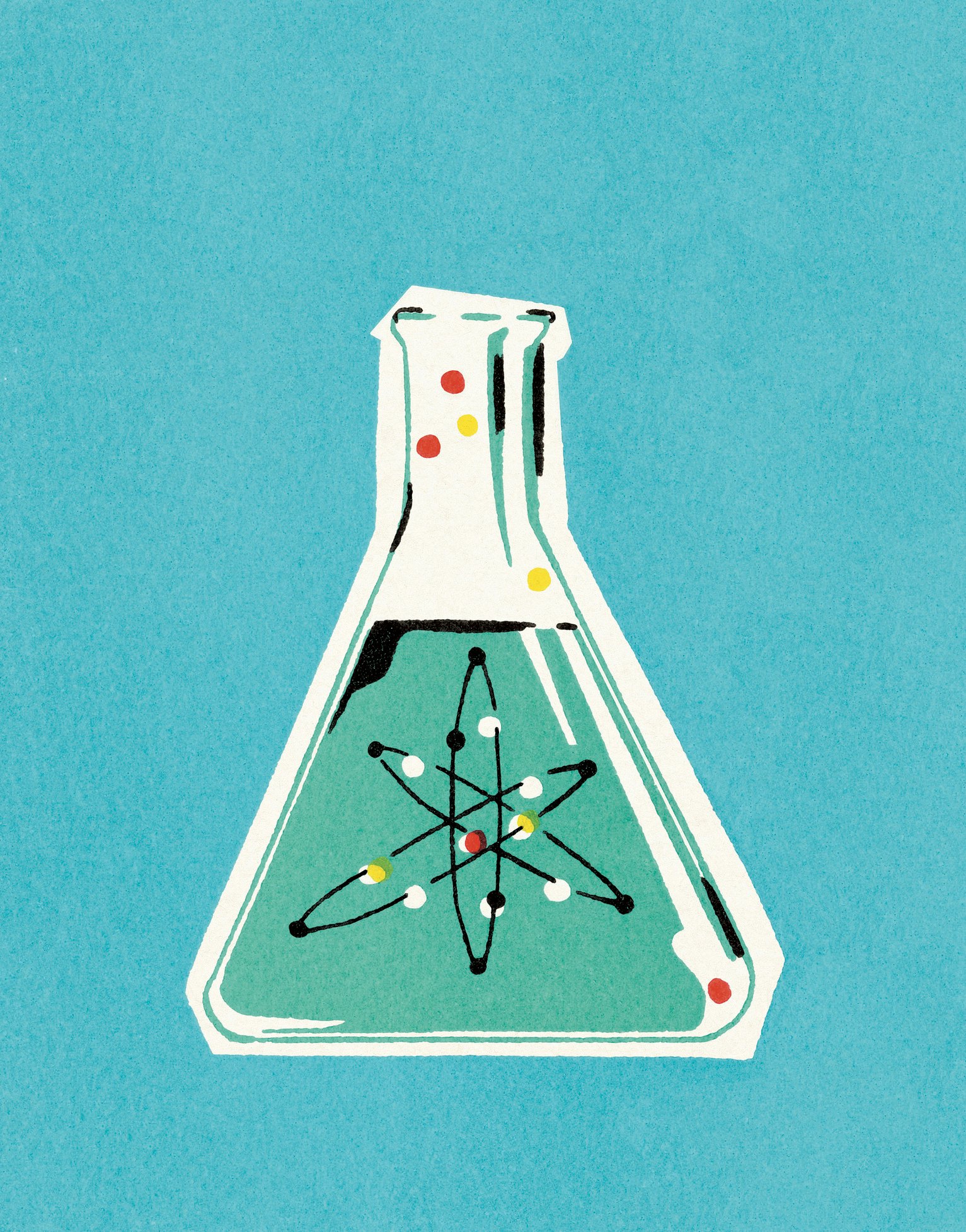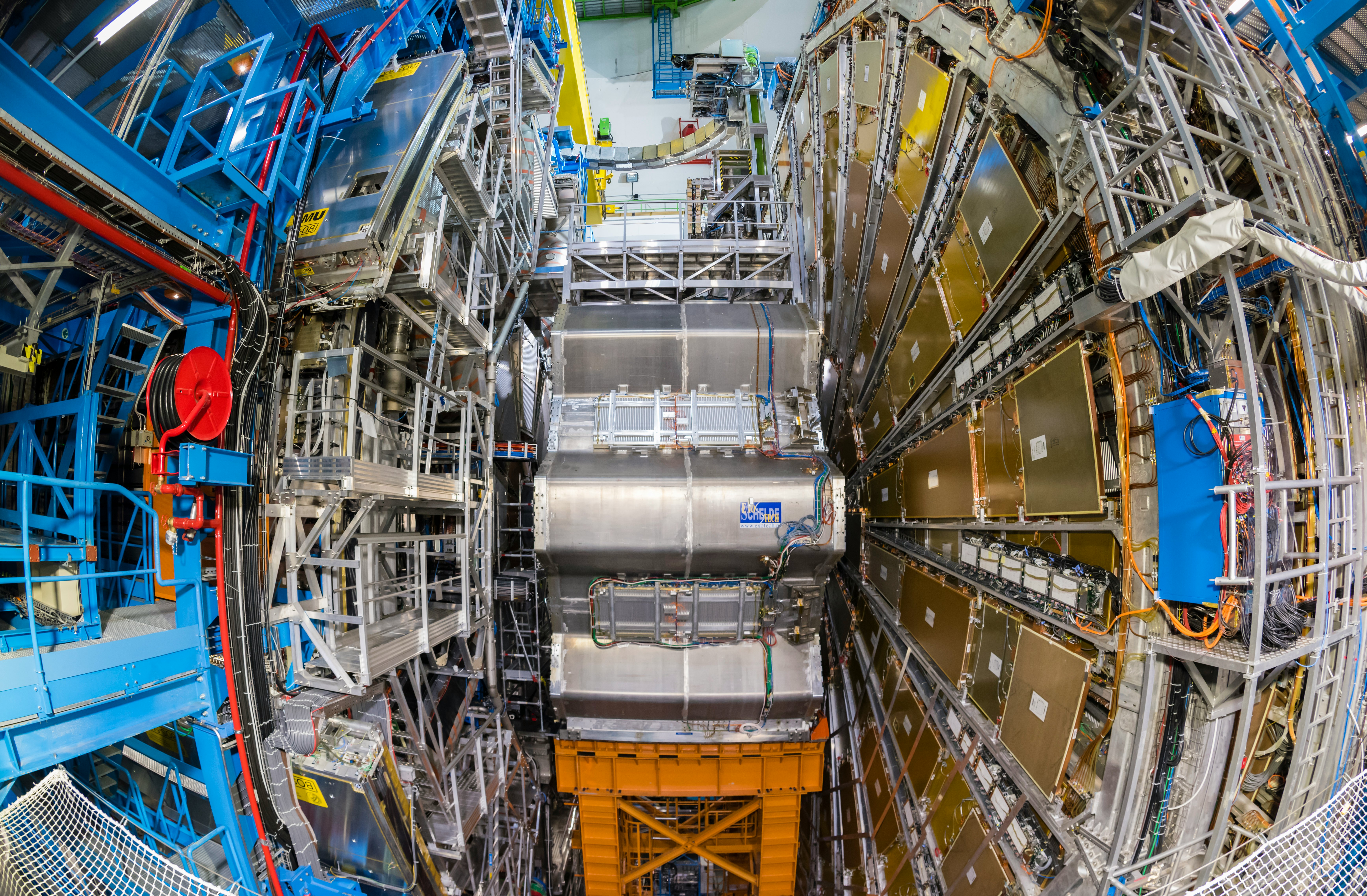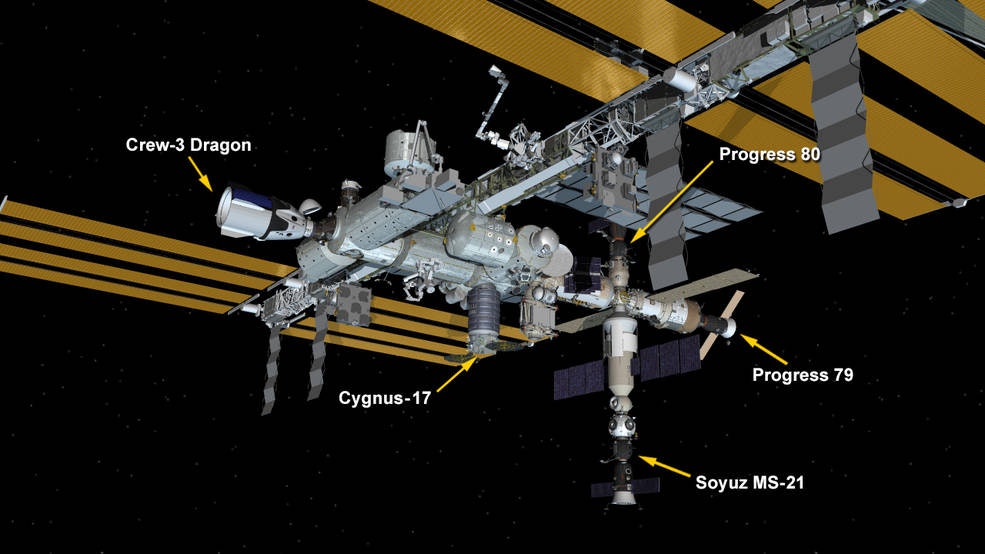
When physicist Peter Higgs won the 2013 Nobel prize for physics for predicting the fundamental particle that shares his name, he was nowhere to be found.
Unlike celebrity physicists like Albert Einstein and Stephen Hawking, Higgs, who is in his 90s, decided to escape the limelight before the Nobels were even announced just in case he was awarded one — he didn’t even tell his closest collaborators where he had gone, and he had no phone, The Guardian reported at the time.
Yet, Higgs’ legacy endures. On Friday, April 22, scientists at CERN switched the particle accelerator, the Large Hadron Collider, back on for Run 3 — a new slate of scientific exploration into the strange world of particle physics supposed to start on April 25. The LHC discovered the Higgs boson. What might the scientists at CERN discover next?
HORIZONS explores the innovations of today that will shape the world of tomorrow. This is an adapted version of the April 25 edition of the HORIZONS newsletter. Forecast the future by signing up for free.
A new era for CERN

CERN is ramping up Run 3 — and several experiments are focusing on neutrinos. These are among the most abundant particles in the universe — they are as tiny as an electron with a key difference: They have no electrical charge, hence the neutrino name. They are also almost massless and don’t tend to interact with other matter.
One of these investigations is called Scattering and Neutrino Detector at the LHC, or SND@LHC for short. It is the Large Hadron Collider’s ninth ever experiment. The reason why neutrinos are of such interest to physicists is that, though they are common throughout the cosmos, they are not well understood at all.
Together with a neutrino subdetector called FASERv, scientists hope to use SND@LHC to detect neutrinos in a particle accelerator for the first time. Curiously, scientists know that there are neutrinos produced in the particle accelerator and that they are at very high energies — yet they have never been detected. In the past, collider detectors hadn’t been set up to ‘see’ the particles, but the FASERv experiment means that is no longer the case.
The Inverse analysis — If CERN manages to solve the neutrino conundrum, then it will be a landmark moment for the world of fundamental physics and could help refine the Standard Model. The Standard Model helps explain the forces in the universe and how different fundamental particles fit together to generate the cosmos we call home. Neutrinos are also critical to understanding nuclear physics, from the fusion reactions that power stars to the fission reactions that occur in nuclear energy reactors.
On the horizon…

NASA and Elon Musk’s SpaceX are set to launch the Crew-4 mission to the International Space Station no sooner than Wednesday, April 27. The exact timing is dependent on the weather and on the successful splashdown of Axiom Space’s AX-1 mission. AX-1 was supposed to come back down to Earth days ago, but inclement weather prevented the first all-civilian private space crew to spend time on the ISS from undocking until Sunday, April 24. Splashdown is expected to be complete Monday, April 25.
Crew-4, meanwhile, is looking ahead to spending time on the ISS as part of the NASA and European Space Agency’s segment. They will travel to space aboard an all-new SpaceX Dragon craft, called Freedom, aboard a used Falcon 9 booster — it has been to space three times already.
Crew-4 is the fourth crew to go to the ISS using a SpaceX rocket and spacecraft. Due to return to Earth in the fall of this year, the Crew-4 mission is notable not just for the rebranded Dragon the astronauts will use to get to the ISS, but also because 200 or so scientific experiments will occur during their stay. Among the kit the crew is bringing to space include an artificial retina implant and a smart t-shirt that monitors heart health.
See it to believe it…

This is the International Space Station with all the visiting vehicles currently docked there. Check the NASA site later in the week to see what changes with the arrival of Crew-4!
T-minus the internet…
Our list of online stories happening now in the world of innovation you need to read this week, handpicked and ranked with bionic precision.
5. Tesla and SpaceX CEO Elon Musk just acquired Twitter. The Verge has more.
4. Japanese man Akihiko Kondo explains to the New York Times why he married a fictional digital character, a pop star called Hatsune Miku. He is not the first fan to wed their beloved character. His story reveals a transformation in how humans blend their digital and analog lives.
3. Spending two days a week in the office may be the best cadence for hybrid workers, according to The Wall Street Journal. As more workers move to hybrid models, it may be the end of the office cafeteria, TIME explains.
2. A Nature Catalysts study describes a cheap hydrogen fuel cell. The cell doesn’t use platinum, bringing the cost of this potential green-energy solution down dramatically. Is it a clean energy breakthrough?
1. Did you miss it? Scientists are trying to create a hypoallergenic cat using gene-editing technology. The New Scientist has more.
Beyond the horizon…
In a new book, Inverse contributor Peter Ward reports on the people and companies chasing longevity and even immortality. From cryonics to unproven anti-aging medication, Ward’s book is a fascinating deep dive into the quest for longevity. The Price of Immortality: The Race to Live Forever is published by Penguin Random House.
This has been HORIZONS, a newsletter that explores the innovations of today shaping the world of tomorrow.
Do you think it can be improved? Have a story idea? Send your tips and all other musings to horizons@inverse.com







